Digital Citations: A comprehensive guide to citing of websites in APA, MLA, and CMOS style
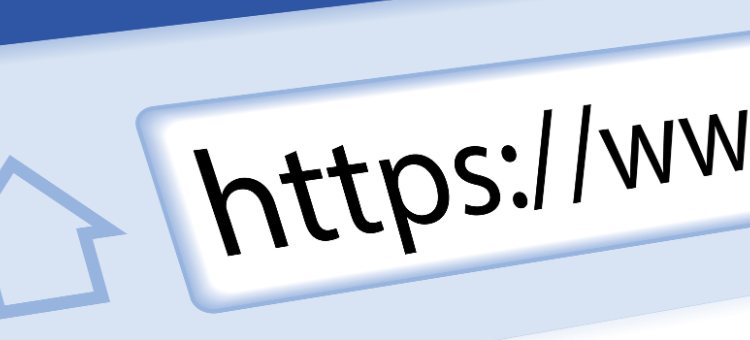
In today’s digital age, the internet serves as an invaluable resource for researchers across all disciplines. As the digital knowledge repository continues to expand, citing websites has become an integral aspect of academic writing. However, scholars, from undergraduates to seasoned researchers, often find themselves grappled with the intricacies of citing online sources. In this article, we will explore the importance of digital citations and delve into the nuances of citing websites in different citation styles.
Why Cite Websites?
In recent years, the reliance of online resources has surged in parallel to the exponential growth of the internet. From scholarly articles and reports to blog posts and social media threads, researchers frequently rely on web sources to support their arguments and findings. As a result, the increasing amount of data online in various websites has become an integral part of academic writing across disciplines. From scholarly articles to dissertations, researchers frequently refer online sources to stay updated on the latest research.
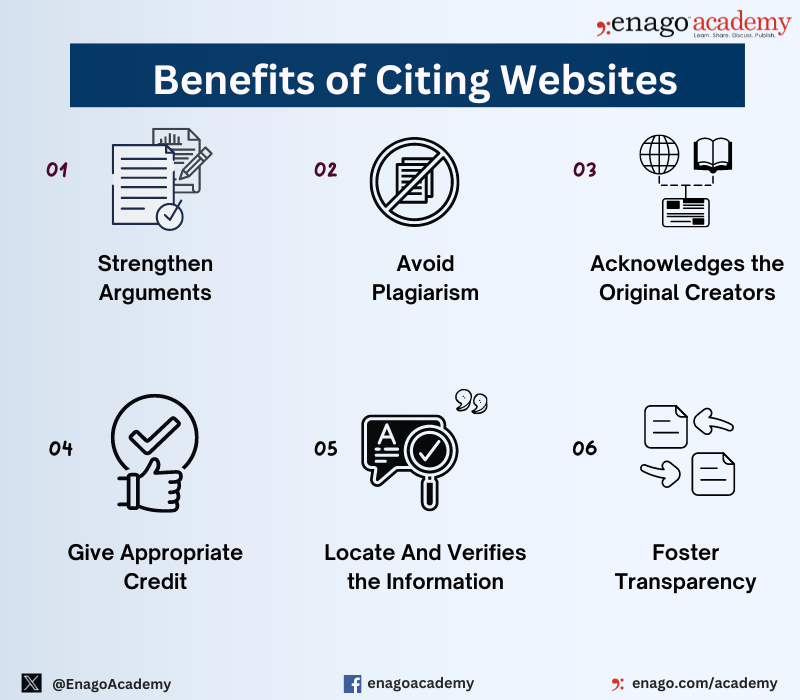
Moreover, citing websites enhances a researcher’s visibility by linking their work to a broader digital landscape, potentially increasing its impact and facilitating collaboration. Although citing websites is essential for effectively communicating one’s research in today’s digital landscape, finding the right website is essential to find reliable information.
Identifying the Right Websites
Identifying reliable and credible websites is paramount when gathering information for academic purposes. To ensure the quality and accuracy of your sources, consider the following tips:
Taking time to thoroughly gauge website quality on the above criteria goes a long way in boosting scholarly impact and confidence in the evidence you bring to support arguments upon which you cite them. Additionally, the reliability of your sources directly correlates with the academic strength of your work.
Components of Website Citations
In academic writing, website citations typically include the following components:
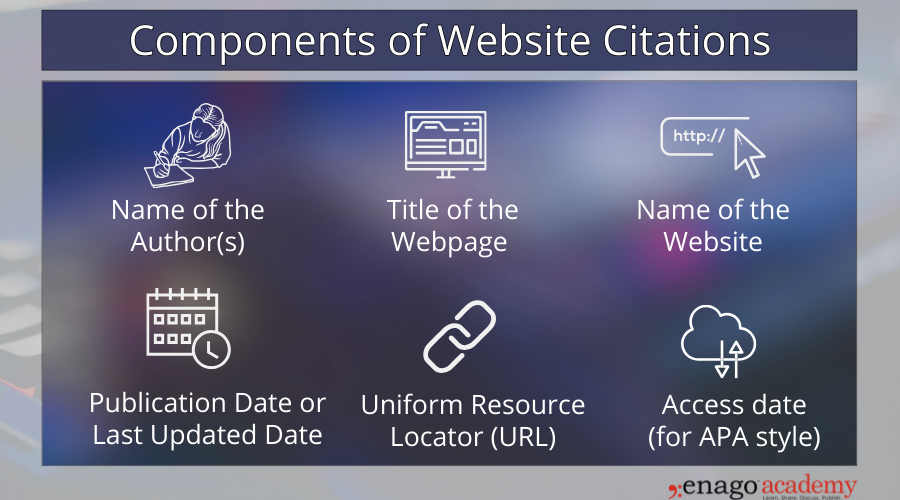
Citing a Website in APA, MLA and CMOS Style
Citing a website in the required style can boost the academic tone. There are several styles of citing a website. Citing websites correctly is essential to adhere to the citation guidelines mentioned by your institution.
Here’s how to cite a website in APA (American Psychological Association), MLA (Modern Language Association), and Chicago styles to ensure that your research papers and articles are accurately documented and credible for your readers.
1. APA Style
Includes: Author’s last name, initials. (full date of publication – Year Month Day). title of the webpage (in italics). website name (in plain text). URL of the website
In-text citation: Author, Year
Example: Nair, Anagha. (2024, February 22). Plain Language Summary — Communicating your research to bridge the academic-lay gap. Enago Academy. https://www.enago.com/academy/plain-language-summary/
(It is important to note that the name of the blog posts is italicized while citing blogs and articles.)
2. MLA Style
Includes: Author last name, first name. “title of the webpage.” website name (in italics), accessed date (Day Month Year), URL of the website
In-text citation: Name of the website
Example of citing a webpage: Nair, Anagha. “Plain Language Summary — Communicating your research to bridge the academic-lay gap.” Enago Academy, 22 February 2024, https://www.enago.com/academy/plain-language-summary/
3. Chicago Style
Includes: Author last name, first name. “title of the webpage.” website name (in italics), accessed date (Month Day, Year). URL of the website
In-text citation: (Author Year)
Example: Nair, Anagha. Plain Language Summary — Communicating your research to bridge the academic-lay gap. Enago Academy, February 22, 2024. https://www.enago.com/academy/plain-language-summary/
When a page has no author specified, you can mention the name of the organization that created it instead. However, this can be avoided if matches to the name of the website. Furthermore, if the date of publication is not available, “n.d.” can be used in its place. You can also include an access date (depending upon the citation style)
Understanding different citation styles when citing websites is important as it shows you understand academic conventions and demonstrates your ability to pay attention to important formatting details. Instead of citing manually, one can use citation generator tools to generate citation. Furthermore, using tools such as Enago Plagiarism Checker can help in improving your written work by detecting plagiarism, improving grammar and generate citation.
Here’s a step-by-step guide on how to cite a website properly in your research papers and articles.
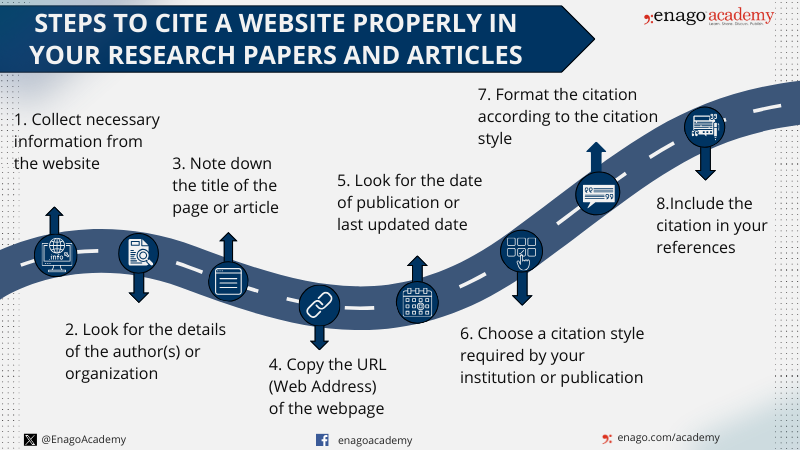
It is important to note that some styles, like APA, may require you to include the date you accessed the webpage, especially for dynamic or frequently updated content. Furthermore, it was advisable to include DOI (Digital Object Identifier) or a stable permalink in your citation, if provided by the website, for better accessibility.
Difference Between Citing a Website and Research Papers
While citing websites shares similarities with citing research papers from journals, there are some notable differences. Websites often lack formal publication information such as volume and issue numbers, making it essential to include additional details like the URL and access date in certain citation styles. Moreover, websites may vary widely in terms of reliability and credibility, necessitating a more critical evaluation of sources.
Citing websites can improve the impact and credibility of your work. Are you a researcher struggling to cast an impact with your research? Consider Enago’s Research Impact Services to allow a team of industry experts assist your publishing journey!
Mastering the art of citing websites is essential for researchers at all stages of their academic journey. By citing sources accurately, identifying credible websites, and adhering to established citation styles, researchers can enhance the credibility and impact of their work in the digital age.
Frequently Asked Questions
Here’s how to cite a website in MLA style: Author last name, first name. “title of the webpage.” website name (in italics), accessed date (Day Month Year), URL of the website
When citing a website in text, you typically include the author's last name (if available) or the name of the organization responsible for the website, along with the year of publication (or last update), and sometimes the page or paragraph number if you're quoting directly. The specific format can vary depending on the citation style you are using (such as APA, MLA, Chicago, etc.).
Here’s how you can cite a website in APA style: Author’s last name, initials. (full date of publication - Year Month Day). title of the webpage (in italics). website name (in plain text). URL of the website
Here’s how you can cite a website in Chicago style: Author last name, first name. “title of the webpage.” website name (in italics), accessed date (Month Day, Year). URL of the website





 1. Evaluate the Domain
1. Evaluate the Domain 2. Assess the Authorship
2. Assess the Authorship 3. Verify the Content Accuracy
3. Verify the Content Accuracy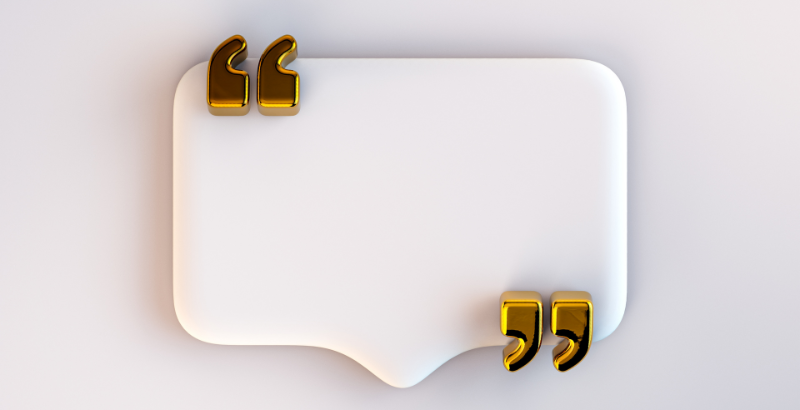 4. Check for Citations
4. Check for Citations



